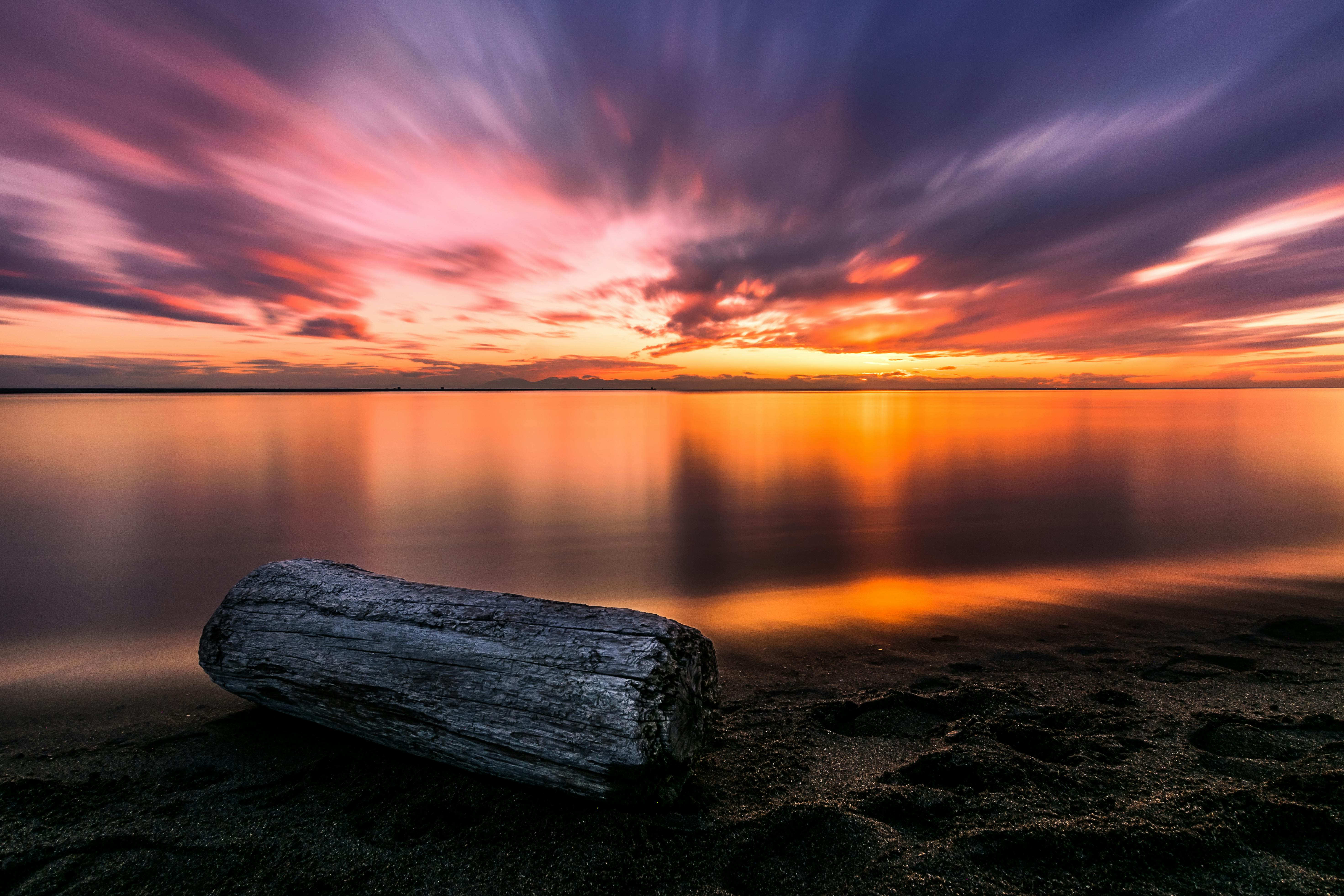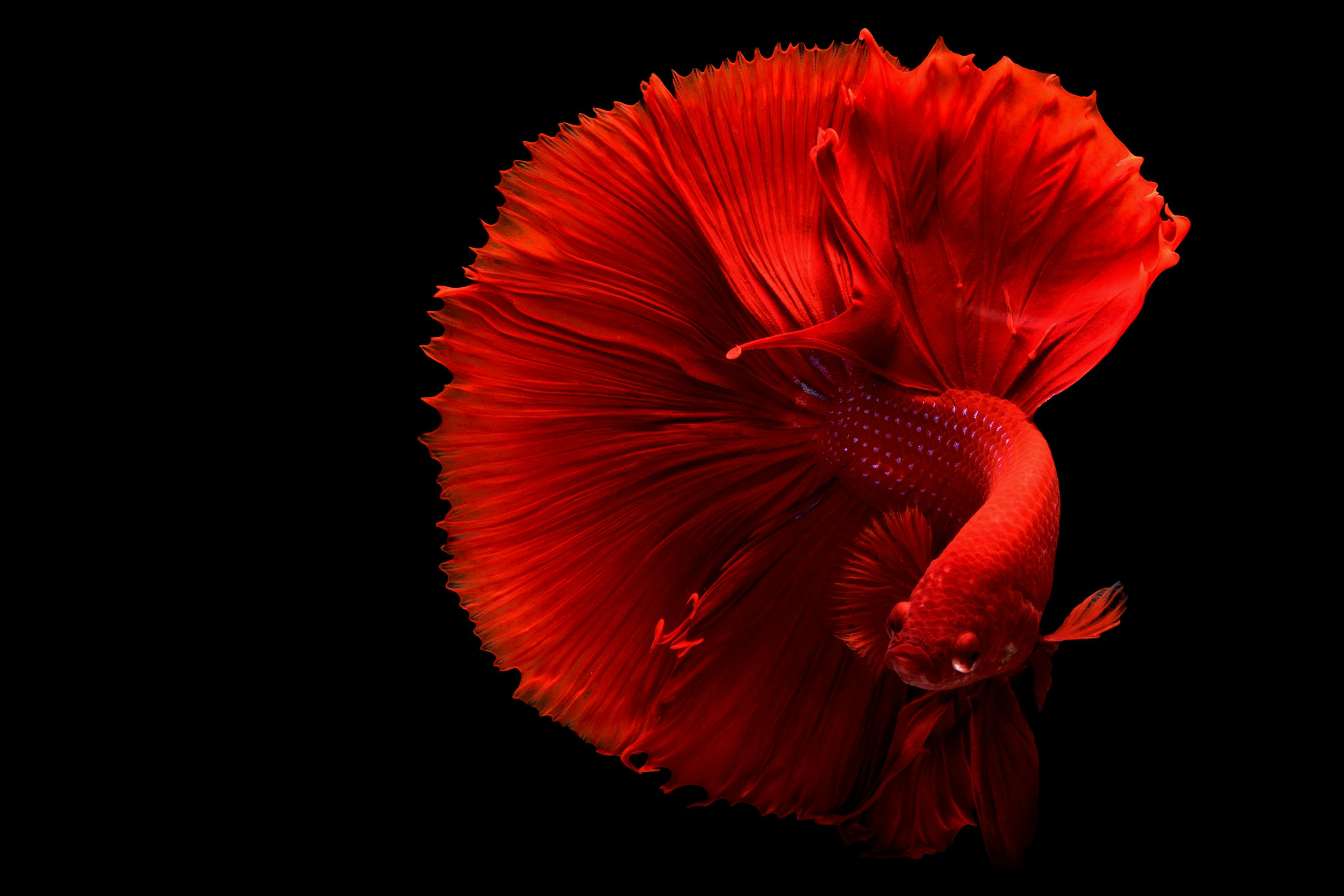
Effective Ways to Choose the Right Guppy Tank Size for 2025
Setting up a guppy tank is an exciting venture for both novice and experienced aquarists. Guppies, known for their vibrant colors and lively nature, require specific tank sizes to thrive in a healthy environment. Knowing the ideal tank size for guppies is crucial not only for their wellbeing but also for ensuring a successful aquarium setup. In this guide, we will explore the different guppy tank dimensions needed based on various factors, including the number of fish, breeding requirements, and environmental considerations.
Understanding the minimum tank size for guppies will help you avoid common pitfalls associated with overcrowding, which can lead to stress and health issues among your fish. We will also discuss the best practices for guppy care, covering how tank size impacts their growth, reproduction, and overall quality of life. By the end of this article, you'll have a comprehensive understanding of guppy tank size requirements and how to create a thriving habitat for these colorful fish.
Let’s dive into the critical aspects of selecting the right guppy aquarium size to ensure your underwater companions thrive.
Understanding Minimum Tank Size for Guppies
Before setting up your guppy tank, it's essential to grasp the minimum tank size requirements for these lively fish. The general rule is at least 5 gallons for a small group of guppies to ensure they have ample swimming space. Smaller tanks can lead to rapid fluctuations in water parameters, ultimately stressing the fish and increasing their vulnerability to diseases.
Minimum Tank Size for Guppy Schools
When housing guppies, consider the scale of your fish school. For each guppy, a minimum of 2 gallons is often recommended, meaning a group of 3 will need at least a 5-gallon tank. This setup not only offers swimming space but also allows for the installation of necessary filtration and heating equipment. Many guppy enthusiasts find that larger tanks, such as 10-gallons or more, provide better stability.
Overcrowding Effects and Management
Overcrowding a guppy tank can lead to increased aggression and stress among fish. It can also heighten the potential for disease outbreaks, given that waste accumulates more rapidly in smaller environments. Therefore, adhering strictly to the minimum tank size and considering tank mates for guppies will create a more harmonious habitat.
Breeding Considerations
For breeding guppies, consider a dedicated guppy breeding tank size of at least 20 gallons. This larger space allows fry to grow without excessive competition for food and territory. Moreover, separating breeding pairs into a larger tank can minimize stress and enhance reproductive success.
Calculating Ideal Tank Dimensions for Guppies
Once you've established the minimum tank size, the next step is determining the ideal tank dimensions to support a thriving guppy community. Proper tank dimensions promote good water quality, ease of maintenance, and a healthy environment for swimming, feeding, and breeding.
Length vs. Height vs. Width
When considering guppy tank dimensions, length often supersedes height and width. A longer tank provides more swimming space, essential for guppy behavior, as they enjoy exploring their surroundings. It's advisable to aim for a minimum tank length of 24 inches for a community of guppies. Short, taller tanks, while appearing spacious, can restrict swimming space significantly.
Calculating Volume Based on Stocking Density
Your guppy stocking density also influences the tank size. A general guideline is one guppy per gallon of water, keeping in mind water conditions, filtration, and aeration. If planning to introduce other fish species, such as tetras or snails as tank mates for guppies, it's essential to factor these into your calculations.
Using Aquarium Volume for Setup Planning
Estimating the aquarium volume in gallons also guarantees proper filtration and aeration designs suitable for guppy care. A good filtration size is crucial in maintaining optimal water parameters that support guppy health. As a rule of thumb, your filtration system should handle the full volume of the aquarium at least 4-5 times an hour.
Recommended Tank Size for Optimal Guppy Care
For ongoing guppy care, ensuring an ideal tank size that accommodates growth, breeding, and community living is paramount. A reliable benchmark for guppy habitats, especially when incorporating plants and decorations, helps maintain stability and aesthetics.
Key Tank Size Recommendations
For adults, the best tank sizes range between 10 to 20 gallons. This range allows them to thrive, providing a balance between swimming space and social interaction. For fry, a separate baby guppy tank recommendations suggest a smaller 5-gallon tank to ensure safe growth. Moreover, incorporating plants into the guppy habitat size can enhance their living conditions and provide hiding spaces, essential for fry survival.
Assessing Space Needs for Community Tanks
If you're considering a community tank setup, aim for a minimum of 15 to 20 gallons to accommodate different species while ensuring the comfort and safety of guppies. Campaigning against overcrowding leads to healthier specimens and a more beautiful aquarium environment.
Practical Setup Recommendations
The recommended tank size for guppies may also include planning tank equipment that matches the water quality metrics needed for colorful aquatic life. Ensure your electricity supply and heater size cater to larger tanks, providing the ideal environment for both guppies and tank mates.
Designing Stylish and Functional Guppy Tanks
Creating a visually appealing yet functional aquarium requires attention to guppy tank setup size. Your aquatic décor can greatly influence overall design and the number of tank inhabitants without adding stress to your guppies.
Aquascaping and Plant Selection
Incorporating plants into your guppy tank allows for optimal aeration, enrichment, and beauty. Ideally, use low-maintenance plants suitable for your freshwater guppy tank size, such as Java fern or Anubias. This way, guppies can enjoy natural environments that replicate their habitats.
Essential Tank Accessories and Equipment
When determining the overall setup size, consider necessary tank filtration and heating equipment. Filtration systems should efficiently manage the bioload of your community, while the heater size needs to accommodate the total volume of your aquatic setup.
Maintaining Optimal Conditions
Regular monitoring of water parameters and seasonal adjustments will ensure long-term guppy health. Establish a maintenance routine for water changes and tank cleaning that aligns with your aquarium's size, balancing ease against thorough care.
Q&A: Common Questions About Guppy Tank Sizes
What is the best tank size for guppies?
The best tank size for adult guppies is a 10-gallon tank or larger, providing enough space for swimming and community living.
How many guppies can I keep per gallon?
A good rule of thumb is one guppy per gallon, but with proper filtration and care, you may be able to increase this slightly without impacting health.
Can guppies thrive in smaller tanks?
While guppies can adapt to smaller tanks, keeping them in at least a 5-gallon tank is advised to ensure proper water quality and comfort.
What considerations are essential when setting up a guppy breeding tank?
A breeding tank should ideally be at least 20 gallons, with plenty of hiding spots and a softer substrate to ensure fry security.
How do I ensure the water quality in my guppy tank?
Regular water testing for pH, ammonia, and nitrate levels, combined with consistent water changes, will help maintain a healthy environment for guppies.

